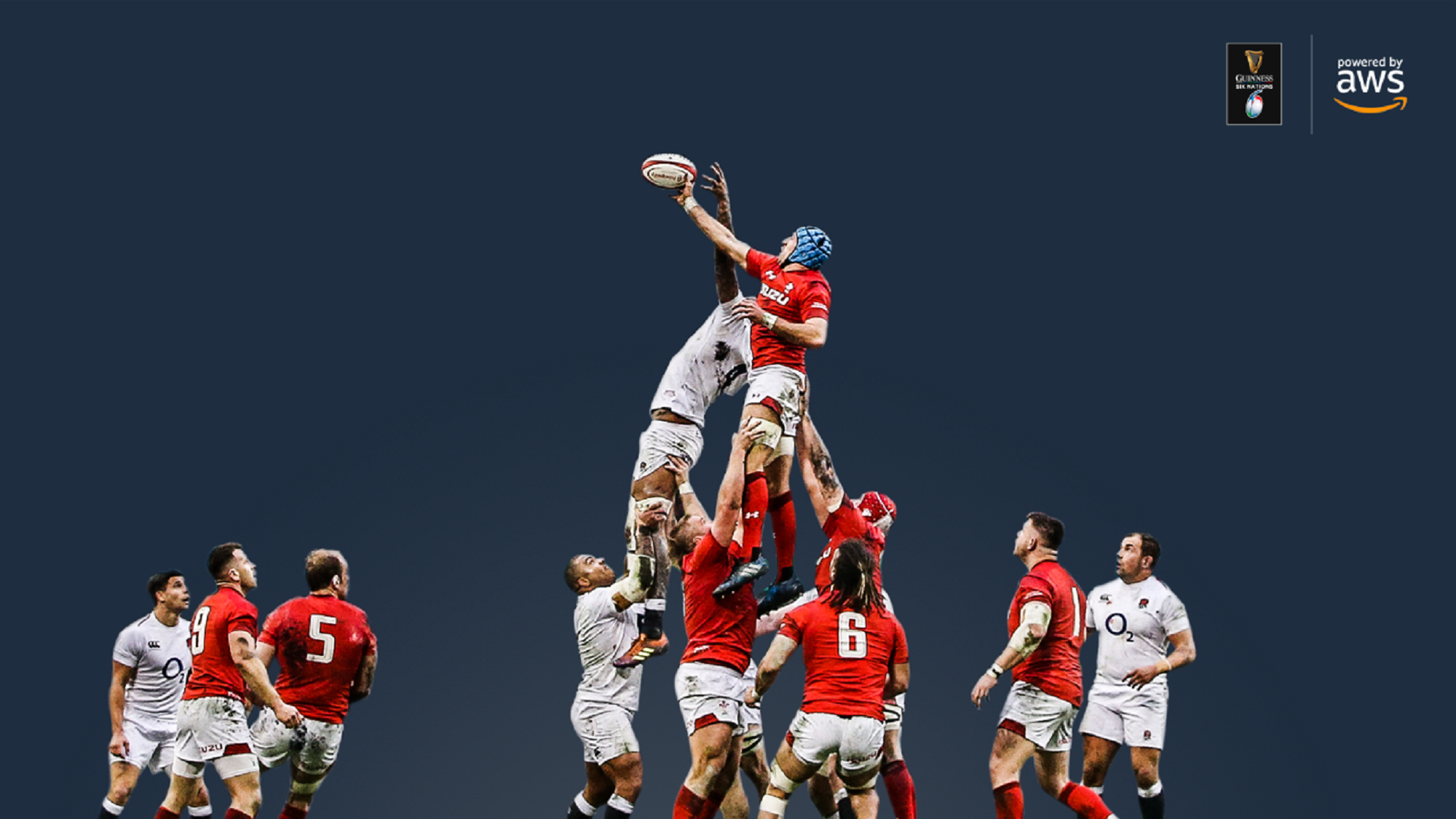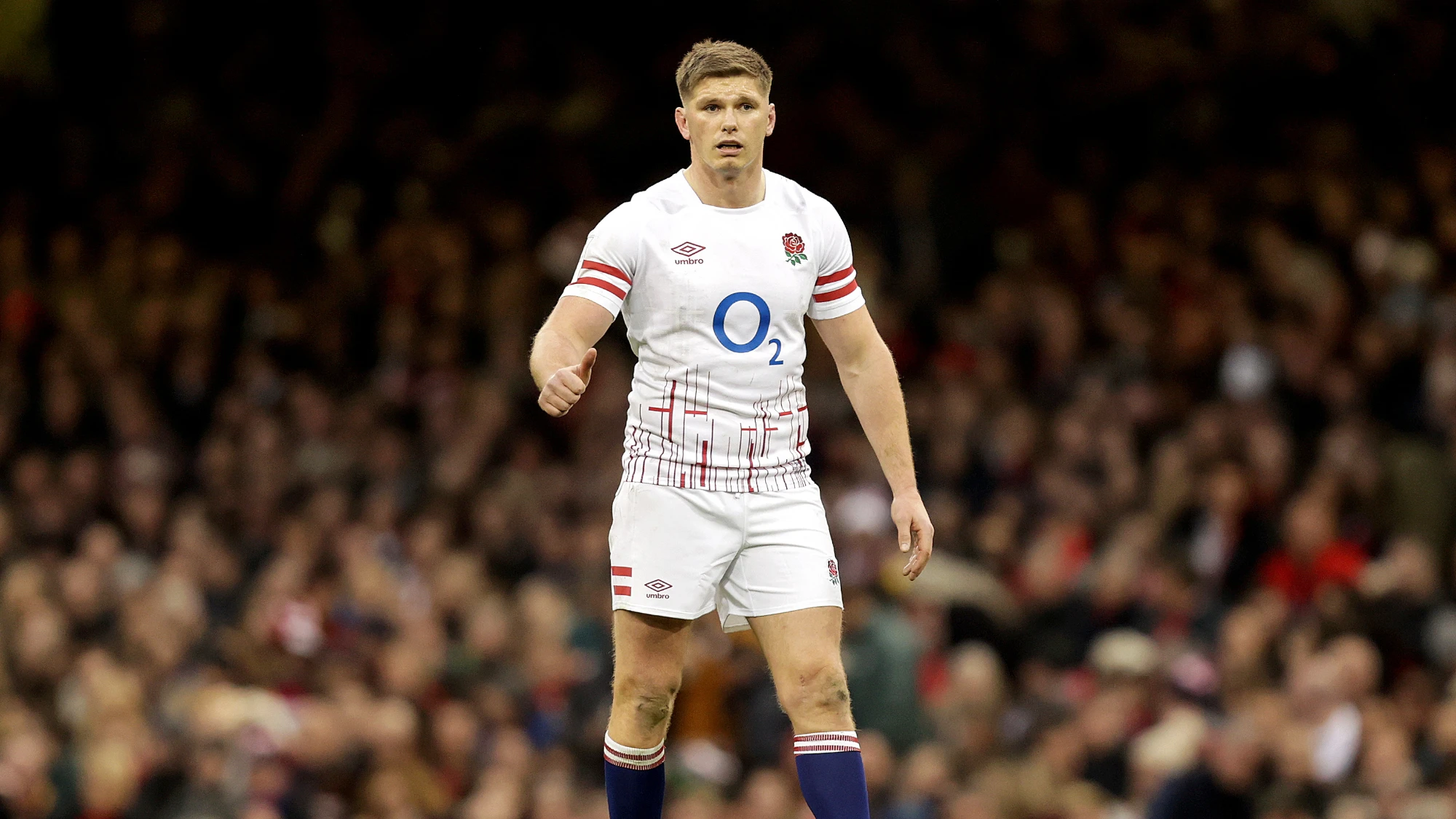Data is nothing new in rugby but what is truly insightful? Our analyst Simon Gleave gives a few pointers to look out for during the final weekend of this year’s Guinness Six Nations.
Data being collected in rugby is nothing new. Watch a video of the Five Nations showdown between Scotland and England in 1990 and you will see territory and possession numbers on screen followed later on by set-piece statistics.
Thirty years on, these metrics are still being produced but we now have so much more information. The big question though is what is really insightful.
Italy had more possession than their opponents in three of their four matches in this year’s Guinness Six Nations but lost those three matches by a total of 88 points. In contrast, England and France have had the least possession of the six teams this year.
Former England captain, Dylan Hartley recently said “time in territory equals points”.
While there is some truth in this, stats Powered by AWS show that in this year’s Championship, Scotland have enjoyed the most territory and, while England and Ireland are next, France are only fifth.
Territory measures how much the ball is in the opposition half, regardless of which team is in possession of it. Context is therefore crucial.
Where does territory and possession matter most? In the opposition 22. It is impossible to score a try without being in possession of the ball there.
Counting the number of times a team visits the opposition 22, and how many points are scored from those visits, provides context and therefore more insight than possession and territory numbers ever can.
AWS numbers on 22 visits illustrated the difference between Ireland and Italy in the first half of last week’s match. Ireland were in Italy’s 22 on six occasions, coming away with 24 points. Italy though breached the Ireland 22 just twice, scoring three points.
Ireland were more potent, both in terms of the number of opportunities they had created but also in the finishing of them. Ireland had 75% of the total visits to the opposition 22 in that first half, far more than their share of possession or territory in the opening period. At 24-3, the win was effectively banked and Ireland could go on to chase the bonus point try and maximize points difference in the second half.
Just as in 1990, the percentage of lineouts won by a team is still regularly cited as an important metric.
Wales (91%) have the highest winning percentage in this year’s Guinness Six Nations, followed by Ireland (87%) and Italy (86%). England are fifth on 83%. Does this tell us enough though? It takes no account of whether the lineout is effective, nor is there any information on opposition lineouts.
Accounting for all lineouts (attacking and defending) and using the AWS measure of an effective lineout produces a very different picture. England have either stolen the ball or rendered a lineout ineffective on 34% of their opposition lineouts. This combined with their success rate in getting effective ball at their own lineouts makes England the best at this set-piece, followed by Ireland and Italy. When accounting for effectiveness at all lineouts, Wales drop from first to last
Lineouts are also a prime source of tries with over half of the tries in the 2020 Championship coming from a lineout.
Italy though, despite being good at this set-piece have been unable to turn that success into points, scoring only one of their five tries from a lineout. England and France have managed six and seven respectively.
My article on Ireland’s path to victory showed how important ruck speed has been to Ireland’s performances in this competition.
Similarly, rivals England and France have slowed down the ruck speed of their opposition to an average of 4.33 and 3.88 seconds respectively, the slowest in the competition. More than one in five rucks formed against England have lasted over six seconds before the ball has been recycled. This makes decisive movement forwards very difficult for England’s opponents.
Turnovers won at the breakdown are also a key defensive metric. Ireland lead this currently with 31 followed by Scotland, France and England. With their final match against Italy, England’s turnover numbers should be expected to rise significantly.
However, the change in the laws since the break in the competition will bias the numbers for the final round of the competition as they may well have done for last week’s match.
Another area in which England and France have excelled this season is dominant tackling which I discussed the importance of after last year’s England win against Ireland. This measure from AWS shows that 15% of England’s tackling has been of the dominant type, in which the ball carrier is driven backwards. France’s dominant tackles make up 13% of their total. Scotland and Ireland follow with Wales and Italy lagging behind. This order is not too dissimilar to the Six Nations table.
Maro Itoje (20 dominant tackles), Bernard le Roux (13), Sam Underhill (11), Charles Ollivon (9), Courtney Lawes (9) and Tom Curry (9) are six of the top eight players on this metric. All will be recognised as key players in this year’s Six Nations by seasoned viewers.
Set-piece success, tackle success, possession and territory numbers being higher for the losing team are used by some to criticise the use of data. In reality, it is not possible to explain outcomes perfectly in a complex sport with any statistics, let alone those as simple as these. There are however numerous insights in the multitude of data we now have for those who want to take the time to have more understanding of the sport we love.
Simon Gleave is Head of Sports Analysis at Gracenote and has been a sports data analyst for over 20 years – you can follow him here on Twitter.



